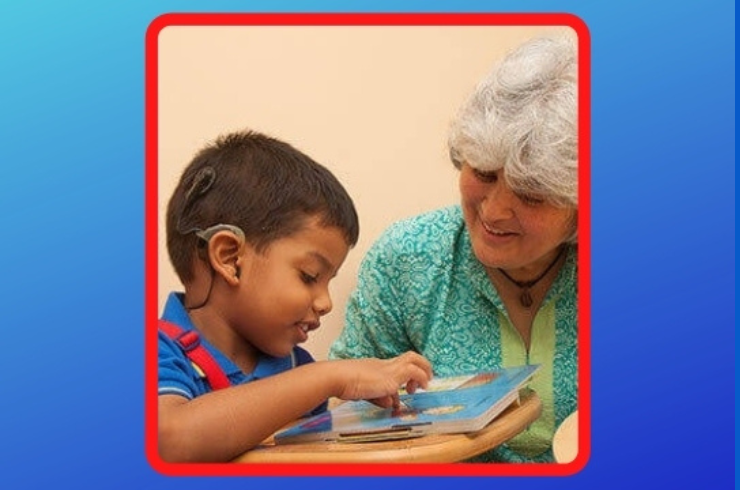
Pediatric speech and language disorders refer to difficulties in a child’s ability to communicate effectively. These disorders can affect speech production (how sounds are made), language comprehension (understanding others), or language expression (using words to communicate). Early diagnosis and intervention are crucial to addressing these issues and ensuring the child’s overall development and social integration.
Speech Disorders:
Language Disorders:
Fluency Disorders:
Social (Pragmatic) Communication Disorders:
The causes of speech and language disorders can vary widely and may include:
Children with speech and language difficulties may exhibit the following signs:
To diagnose a pediatric speech and language disorder, a speech-language pathologist (SLP) conducts a comprehensive assessment, which may include:
Treatment for pediatric speech and language disorders is tailored to the child’s individual needs and can involve:
Speech Therapy:
Parent and Caregiver Involvement: Therapy may involve training parents to encourage language development at home through everyday activities like reading, playing, and talking.
Social Skills Training: For children with social communication difficulties (often in cases of autism), training on how to use language in social contexts.
Alternative Communication Systems: For children with severe speech impairments, devices such as picture boards or speech-generating devices (SGDs) may be used to aid communication.
Special Education Support: For children with significant delays, specialized educational programs may be required to assist with speech and language development.
Early identification and intervention are crucial for children with speech and language disorders. The earlier the problem is addressed, the better the chances for improvement and long-term success. With the right support, children with speech and language disorders can develop strong communication skills that will benefit them socially, academically, and personally.
Schedule your consultation today and start your journey to better health!
Providing expert care at our ENT Hospital in Hyderabad, specializing in ENT, Head & Neck Surgery services, with advanced treatments and compassionate care to ensure your health and comfort.